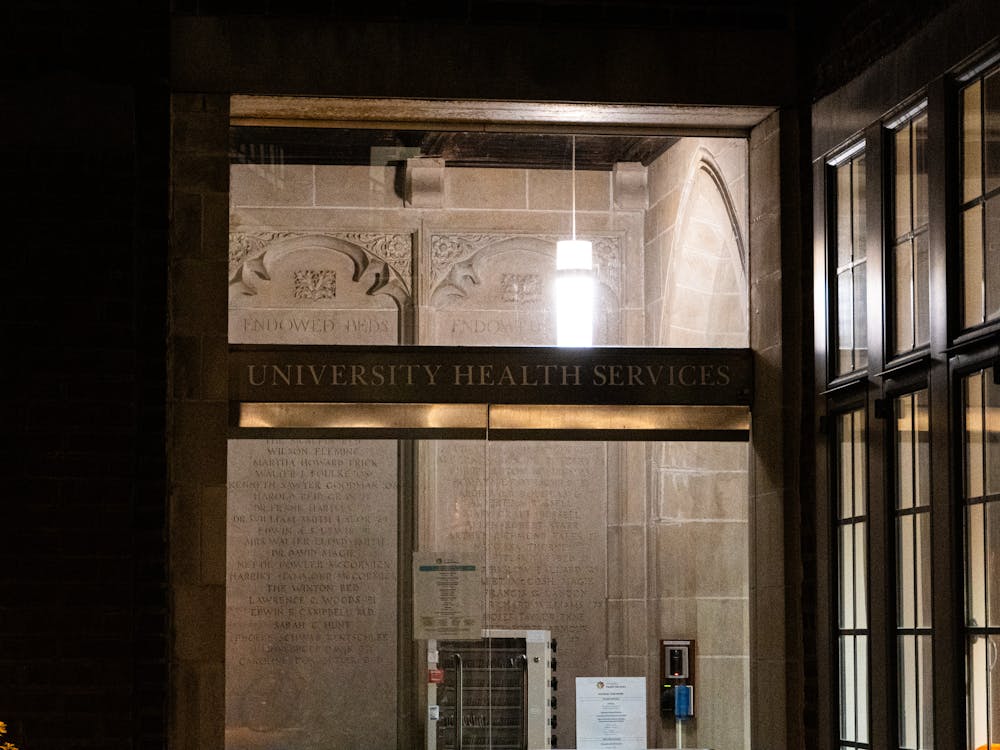In an Alumni-Faculty Forum Friday morning, titled Tiger Inventors: From Concept to Creation, alumni-inventors discussed the link between the concept of an invention and the final product and offered details on their own invention processes.
Associate professor of computer science Vivek Pai moderated the discussion, which consisted of six alumni panelists, all whom created or invented some kind of physical or software product.
The panel included Katie H. Hughes GS ’08, CEO and Founder of Slip-On Dancers; Hervey Stockman Jr. ’68, former Head of the James Webb Space Telescope Mission; Brian Parsonnet ’78, CEO and CTO of Ice Energy Technologies Inc.; Mahboud Zabetian ’88, entrepreneur and consultant; Jeffrey D. Glasse ’93, Founder and CEO of Kogeto and David Lieb ’03, CEO and cofounder of Bump Technologies.
“Once you start an idea and realize what need it is going to satisfy, you then have the motivation to take it to the next step,” Zabetian said. He also discussed the progress in the field of patents and the broadness of patent applications.
Many of the panelists’ ideas arose from the influx of electronic gadgets in recent years.
“Kids these days are never bored,” Zabetian said, “They move from one thing to next. When they hear their phone buzz or vibrate, they immediately check it. We need to do something about this Pavlovian behavior.”
Glasse’s invention partly addresses this constant need to move from one thing to another. “People are so busy capturing their lives that they are not actually living it,” Glasse explained. Glasse, creator of the world’s smallest 360-degree panoramic photo attachment for the iPhone, said he was interested in “virtualizing the cameraperson” with the goal of “[putting] down the camera and enjoy the party.”
“Inventing is going into unchartered territory,” he said.
Lieb, who is a former employee of Texas Instruments, conceived the idea of the popular iPhone app “Bump” on a whim. He said that while attending the University of Chicago Booth School of Business, he became tired with constantly entering in contact information of his classmates in his phone during the orientation period.
The “Bump” app allows users to physically bump their iPhones together to exchange contact information. Bump Technologies also worked with PayPal to create a PayPal app for the iPhone.
Lieb said that he made his app free on the App Store because “it’s better to have a product that a lot of people love rather than a product that only a small amount of people like that they need to pay for.”

To successfully market her product — a slip-on that prevents shoes from sliding on wooden floors that is useful for dancers — Hughes also said that she wanted to attract “connectors,” such as Zumba instructors.
“No one is searching for this thing,” she said, “You need to get the message out that the product is available and that is through the connectors.”
In the question and answer session that followed, the panelists discussed whether CEOs should be hired in the early stages of product invention. Hughes said that there should be a focus on the actual product creation rather than the financial components.
The panelists agreed that if a person wants to be his or her own CEO, he or she needs to have a dual-personality that is both creatively and economically focused.
The panel took place at 9 a.m. in McDonnell Hall.








